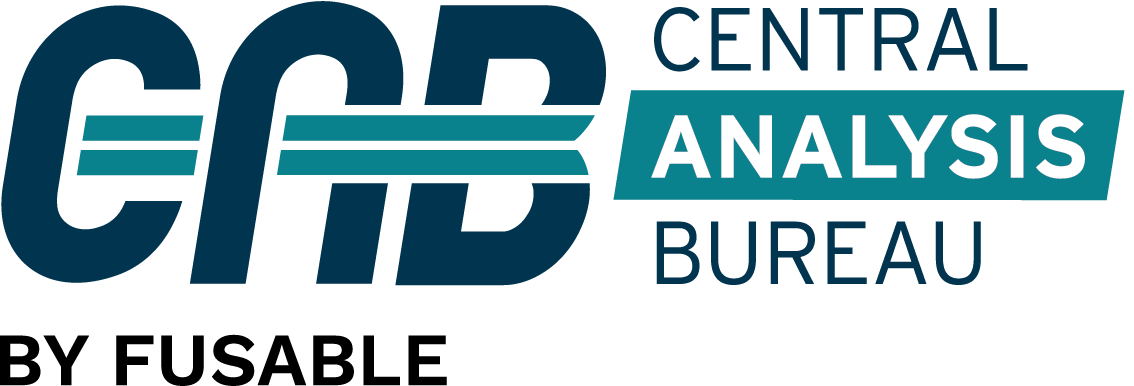2019 WL 3244612
United States District Court, N.D. Indiana, South Bend Division.
Darryl RAMOS, Plaintiff,
v.
CMI TRANSPORTATION, LLC, et al., Defendants.
Case No. 3:18-CV-968 JD
|
Signed 07/19/2019
Attorneys and Law Firms
Candace C. Williams, Michael E. Tolbert, Tolbert & Tolbert LLC, Gary, IN, for Plaintiff.
Jennifer M. Carpenter, Edward W. Hearn, Johnson & Bell Ltd., Crown Point, IN, for Defendants.
OPINION AND ORDER
JON E. DEGUILIO, Judge
*1 Plaintiff Darryl Ramos was hit by a semi-truck driven by defendant Miguel Gonzalez. Mr. Ramos sued Mr. Gonzalez and two entities that he alleges employed Mr. Gonzalez—CMI Transportation, LLC, and NFI Industries, Inc. The claims against those two entities assert two theories upon which those entities could be held liable: that they are vicariously liable for Mr. Gonzalez’s negligence, and that their own negligence led to the collision. In an amended answer, CMI Transportation admitted that Mr. Gonzalez was negligent and one hundred percent at fault for the collision, and that CMI Transportation is vicariously liable for Mr. Gonzalez’s negligence. Because those admissions suffice to establish liability, CMI Transportation moves for judgment on the pleadings on the negligence theory, arguing that that alternative theory is now superfluous. The Court agrees, and grants the motion.
I. BACKGROUND
In October 2017, plaintiff Darryl Ramos was driving in LaPorte, Indiana. Defendant Miguel Gonzalez was driving a semi-truck on the same road in the opposite direction. As the vehicles approached, Mr. Gonzalez lost control of his truck, crossed the center line, and struck Mr. Ramos’ vehicle. Mr. Ramos later filed suit seeking damages for the losses and injuries he sustained in that collision. He sued Mr. Gonzalez along with CMI Transportation and NFI Industries, which he alleged employed Mr. Ramos. The complaint contains three counts, one against each of the three defendants. In the counts against the two entities, the complaint alleges two theories: that the entities are vicariously liable as Mr. Ramos’ employer, and that they are liable for their own negligence that led to the collision.
In the operative answer, Mr. Gonzalez admitted that he was negligent and one hundred percent at fault for the collision, while NFI Industries denied any liability. For its part, CMI Transportation denied that it was negligent, but it admitted that it was vicariously liable for Mr. Gonzalez’s negligent acts. In particular, CMI Transportation admitted that Mr. Gonzalez was operating a commercial motor vehicle on behalf of CMI Transportation, under authority granted to CMI Transportation by the Department of Transportation. Thus, CMI Transportation admitted that it was “vicariously responsible for any negligent acts and/or omissions, chargeable to Mr. Gonzalez.” [DE 24 ¶¶ 14, 16, 17]. It further admitted that Mr. Ramos sustained injuries as a result of the collision, and contested only the amount of damages that resulted. On the basis of those admissions, CMI Transportation moved for judgment on the pleadings on the theory of negligence, arguing that that theory is redundant now that liability has already been established. That motion has been fully briefed.
II. STANDARD OF REVIEW
Rule 12(c) permits a party to move for judgment on the pleadings after the parties have filed a complaint and answer. Fed. R. Civ. P. 12(c). A motion for judgment on the pleadings under Rule 12(c) is subject to the same standard of review as a motion to dismiss under Rule 12(b)(6). Gill v. City of Milwaukee, 850 F.3d 335, 339 (7th Cir. 2017). In evaluating such a motion, the Court considers the allegations in the complaint and any admissions in the answer. N. Ind. Gun & Outdoor Shows, Inc. v. City of S. Bend, 163 F.3d 449, 452 (7th Cir. 1998). The Court construes the pleadings in the light most favorable to the non-moving party. Guise v. BWM Mortg., LLC, 377 F.3d 795, 798 (7th Cir. 2004). A motion for judgment on the pleadings can be granted when, viewed in that light, the pleadings establish that the non-movant is not entitled to relief. ADM Alliance Nutrition, Inc. v. SGA Pharm Lab, Inc., 877 F.3d 742, 746 (7th Cir. 2017).
III. DISCUSSION
*2 Mr. Ramos’ complaint asserts a single count against CMI Transportation, but that count includes two theories for holding CMI Transportation liable: negligence and vicarious liability. CMI Transportation moves for judgment on the pleadings on the negligence theory. It argues that the admissions in its answer establish liability under the vicarious liability theory, and that all that remains to be determined on the claim against it is the amount of damages caused by Mr. Gonzalez’s negligence, so the negligence theory is now superfluous.
In opposing the motion, Mr. Ramos first expresses doubt that CMI Transportation has actually admitted that it is vicariously liable for Mr. Gonzalez’s negligence. The Court disagrees. As Mr. Ramos notes, CMI Transportation does not admit that Mr. Gonzalez was its employee and was acting in the scope of his employment, which is a conventional basis for vicarious liability. But commercial trucking companies can be vicariously liable even absent a traditional employee–employer relationship. Indiana courts have held that “a [Department of Transportation]-authorized motor carrier will be held liable for the negligence of its ‘employee’ as that term is defined in 49 C.F.R. § 390.5.” Ill. Bulk Carrier, Inc. v. Jackson, 908 N.E.2d 248, 255 (Ind. Ct. App. 2009). That regulation, in turn, states that the term “employee” “ ‘includes a driver of a commercial motor vehicle (including an independent contractor while in the course of operating a commercial motor vehicle).’ ” Id. (quoting 49 C.F.R. § 390.5); see Carroll v. Kamps, 795 F. Supp. 2d 794, 799–800 (N.D. Ind. 2011) (holding that the “distinction between employees and independent contractors has been eliminated for motor carriers operating pursuant to equipment lease agreements”). Here, CMI Transportation admitted that it is a Department of Transportation-authorized motor carrier and that Mr. Gonzalez was operating a commercial motor vehicle on its behalf at the time of the accident. As CMI Transportation concedes, that admission establishes that it is vicariously liable for Mr. Gonzalez’s negligence.
Even if CMI Transportation was mistaken in that respect, its own admissions and statements in support of its motion for judgment on the pleadings would preclude it from contesting liability. In support of its motion, CMI Transportation repeatedly confessed its liability for the collision. It states, for example, that “Gonzalez is at fault and CMI is responsible for that fault; the pleadings establish this. No further proof of liability is necessary.” [DE 32 p. 6]. It likewise states that the “only thing [Mr. Ramos] needs to establish is the nature, extent, and proximate cause of his damages.” Id. p. 7. CMI Transportation is bound by those concessions and cannot later take a position to the contrary. Milwaukee Ctr. for Indep., Inc. v. Milwaukee Health Care, LLC, No. 2019 WL 2912487, at *3 (7th Cir. July 8, 2019); Birchmeier v. Caribbean Cruise Line, Inc., 896 F.3d 792, 798 (7th Cir. 2018). Thus, between the admissions in its answer and the express concessions in its briefs, CMI Transportation’s vicarious liability for the collision has been established.
The remaining question, then, is whether Mr. Ramos should be permitted to proceed on his negligence theory when he has already prevailed on liability on other grounds. Mr. Ramos argues that he should be allowed to proceed on that theory because his complaint adequately alleges negligence. The issue is not the adequacy of the complaint, though, but whether the negligence theory has any work left to do now that CMI Transportation’s liability has already been established. It does not. In short, there is no need to keep litigating an issue on which Mr. Ramos has already won—CMI Transportation is liable for the damages Mr. Ramos suffered as a result of the collision. All that remains to be decided is the amount of those damages, but Mr. Ramos can collect those damages only once no matter how many theories of liability he may have. The negligence theory is thus superfluous, as prevailing on that theory would have no effect on his recovery in this case.
*3 Indiana courts have addressed this situation many times, and they routinely dismiss alternative theories of negligence once vicarious liability has been established. For example, in Sedam, the plaintiff was injured in a collision with a pizza delivery driver. Sedam v. 2JR Pizza Enters., LLC, 84 N.E.3d 1174, 1178 (Ind. 2017). The plaintiff asserted two claims against the driver’s restaurant for that injury: that the restaurant was liable under respondeat superior for the negligence of its employee, and that the restaurant was liable for its own negligence in hiring the employee. After the restaurant admitted the facts necessary to establish vicarious liability on the first claim, the court dismissed the second claim as redundant. The Indiana Supreme Court affirmed:
Under each claim, the plaintiff seeks the same result—employer liability—and recovery is based on the same negligent act—the employee’s. To allow both claims would serve only to prejudice the employer, confuse the jury, and waste judicial resources when ultimately the result—that the employer is liable—is the same and the employer has stipulated as much. Such an admission exposes an employer to liability for any and all fault assessed to the employee’s negligence, and thus a negligent hiring claim becomes duplicative since a plaintiff may not recover twice for the same damage.
Id. (internal citation omitted) (also noting a line of precedent “spanning nearly five decades” to that same effect).
The same is true here. As already discussed, CMI Transportation has admitted facts sufficient to establish that it is vicariously liable for the collision. Mr. Ramos will thus prevail on his claim against CMI Transportation, and he only needs to prove the amount of damages he suffered as a result of that injury. Mr. Ramos does not suggest that his damages would be any different under his alternative theory of negligence, nor does he identify any purpose that theory could serve now that liability has been established on other grounds, so that theory is superfluous and can be dismissed. Therefore, the Court grants CMI Transportation’s motion for judgment on the pleadings on the negligence theory.
IV. CONCLUSION
The Court GRANTS the motion for judgment on the pleadings on the negligence theory against CMI Transportation under Count 2. [DE 25]. CMI Transportation is vicariously liable on that claim, so all that remains to be determined on the claim against CMI Transportation is the measure of Mr. Ramos’ damages.
SO ORDERED.
All Citations
Slip Copy, 2019 WL 3244612


